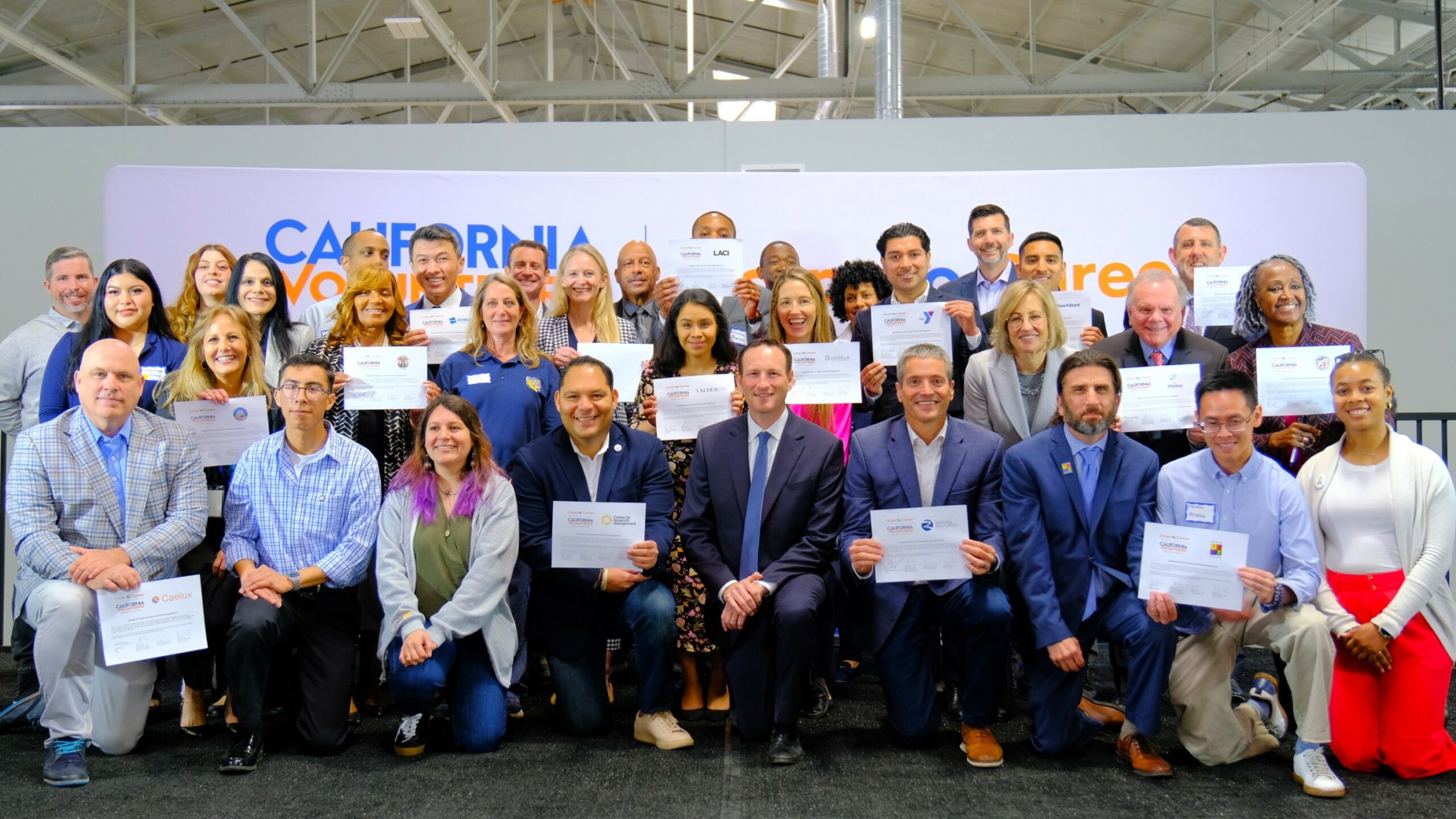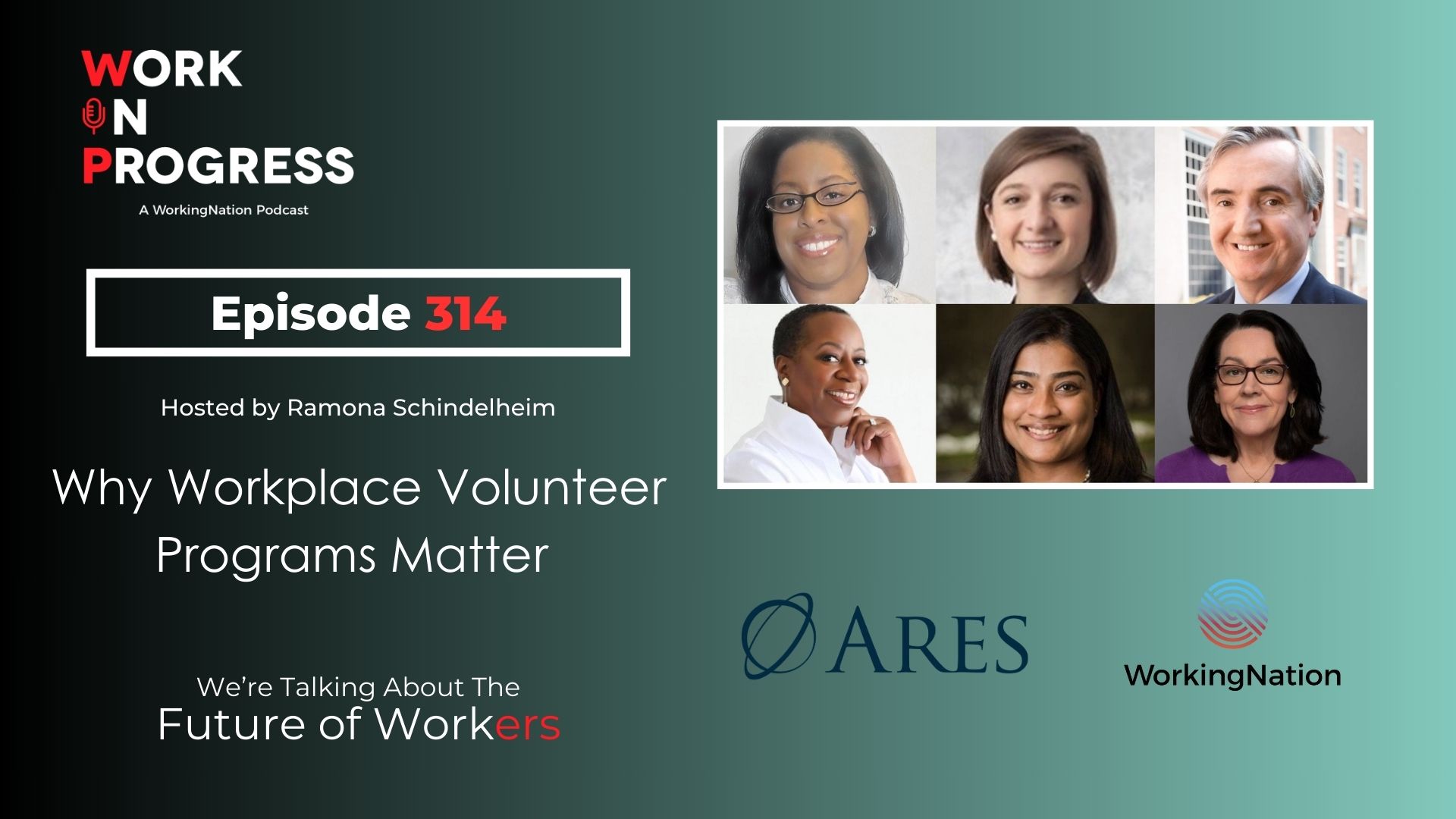An editor’s note about language: Many U.S. government agencies use the terms “Hispanic” or “Latino” interchangeably. As we are mostly quoting government statistics in this article, we are doing the same. In other articles on the site, you will see one or the other term used, depending how the subject of the article self-identifies.

As technology sparks seismic changes in the way we work, demographic shifts are also changing who is working and Hispanics or Latinos are playing a vital role.
There are 63.7 million Hispanics or Latinos in the United States – about 19% of the population – making up the nation’s largest ethnic or racial minority. And the population is growing. By 2060, the U.S. Census Bureau expects more than one in four Americans will be Hispanic.
Hispanics also make up about 19% of the U.S. workforce and have a higher labor force participation rate than the national average.
A big reason for that, according to the U.S. Department of Labor, is because Hispanic workers are younger compared to the rest of the working population. Their median age on the job is 38.5 years compared to the average age of 42 years their non-Hispanic counterparts. And it’s expected that as workers retire, Hispanics will account for 78% of net new workers in the U.S. between 2020 and 2030.
The GDP of Hispanics or Latinos in the United States
To measure the growing influence of Hispanics or Latinos in the U.S., consider the U.S. Latino GDP Report released last fall. Researchers from California Lutheran University and UCLA Health find that if Latinos living in the United States were an independent country, their GDP, or economic output, would rank 5th in the world at $3.2 trillion.
And that growth is being felt in all corners of the country. The ten states with the largest Latino populations, according to the report, are:
- Texas
- Florida
- California
- Arizona
- New Jersey
- Pennsylvania
- Washington
- North Carolina
- Massachusetts
- New York
The ten states with the fastest-growing Latino populations are:
- New Hampshire
- Maine
- Montana
- Vermont
- Tennessee
- Idaho
- South Dakota
- South Carolina
- Pennsylvania
- Rhode Island
Education and Upskilling Initiatives Addressing Income Disparities
The widespread growth represents a diverse population linked to at least 20 countries, with the majority being from Mexico.
That diversity means a range of workforce outcomes. However, wages for Hispanics overall lag other groups, according to the Bureau of Labor Statistics.
The Center for American Progress, for one, stresses the lack of good-paying jobs for some Latino workers is a significant issue that must be addressed. It finds that the jobs with the largest pay gaps among Hispanic or Latino men are construction workers, chefs and cooks, and janitors, and among women it’s maids, housekeeping cleaners, and janitors.
Those disparities have sparked initiatives to provide better outcomes and provide both language skills and job training skills to enable Latino workers to earn sustainable incomes to provide for their families. Those efforts are spreading across the country in places big and small.
Take, for example, Lancaster, Pennsylvania. Lancaster counts 58,000 residents and has long been known as Amish Country. Hispanics or Latinos now make up 40% of the population.
To boost economic mobility in the community, Tec Centro – founded by the Spanish American Civic Association in 2014 – provides bilingual education and skills training for the Latino community for jobs ranging from certified nurse’s aides to computer software and information systems.
By its count, Tec Centro helps train more than 1,200 people annually. And its outreach is growing. In 2023, the program expanded to three other cities in the region.
Some 1.1 million Latinos call North Carolina home, making up 11% of the state’s population. They are also the fastest-growing demographic. More than one-third of Latinos in the state are under 18 years of age, according to U.S. Census figures. That has prompted the need for action to provide young people with access to higher education and career pathways. One new education initiative is called Train the East.
Four community colleges have teamed up to offer workforce training and scholarships with a goal of building a skilled Latino workforce in the rural eastern part of the state.
One of the participating colleges – Lenoir Community College – is already home to the Centro Educativo Latino program, which offers 70 Spanish language workforce courses. They help Spanish-speaking students prepare for careers in everything from welding to residential electricity to cosmetics.
Latinos make up 8% of Indiana’s population – a 42% growth since 2010. The state announced late last year that it will ramp up efforts to improve outcomes for Latino students. The state’s Education Commission teamed up with the Indiana Latino Institute to develop strategies to address higher education gaps between Latino students and their counterparts.
Idaho, for example, projects that Latinos will make up 14% of the state’s population next year, up from just 3% in 1990 and they are helping to fuel economic growth in the state.
With the Hispanic or Latino population growing, breaking down barriers to workforce success is key for the overall growth of the U.S. economy.
While these programs are just a few examples of the increasing efforts to provide better opportunities for Hispanics and Latinos, they also reflect their crucial economic influence.

Read more of our WorkingNation coverage of the Hispanic | Latino workforce here.
For more on the discussion on the use of the terms “Hispanic” or “Latino” in identifying the population referenced in these articles, read this article from Pew Research.











